Sikhism Introduction
Sikhism was founded by Guru Nanak in the Punjab region, in the north-western part of the Indian sub-continent.
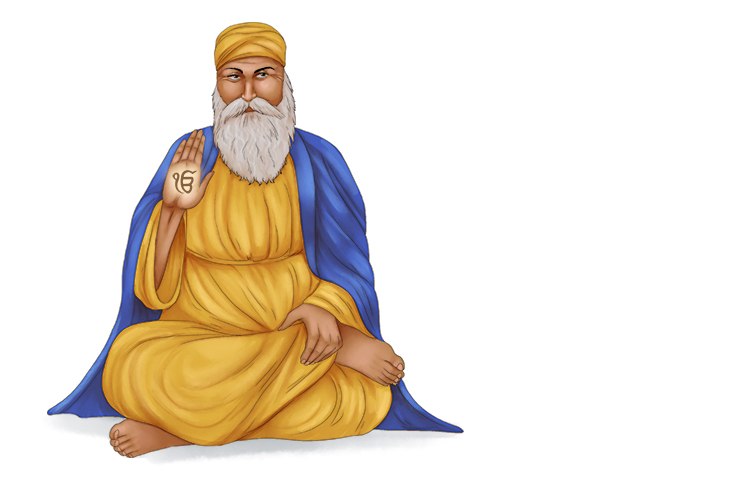
Guru Nanak was born in 1469 into a Hindu family and was an accountant until a life-changing religious experience at around 30. He described how, while taking his daily bath in a river, he was swept into God's presence for three days. He said that God had spoken to him.
The result was that he gave away his possessions and started his life's work of communicating his spiritual insights.
He preached that all social inequalities, including gender, race, religion and caste, should be rejected. There was no Hindu and no Muslim - there was only God. You should accept all humans as your equals and let them be your sect.
Sikhs follow the teachings of 10 succeeding Gurus that shaped Sikhism from 1469 to 1708.
- Guru Nanak
- Guru Angad
- Guru Amar Das
- Guru Ram Das
- Guru Arjan
- Guru Hargobind
- Guru Har Rai
- Guru Har Krishan
- Guru Tegh Bahadur
- Guru Gobind Singh
Before his death in 1539, the first Sikh Guru, Nanak, established the practice of naming his successor. However, from the time of Ram Das, the fourth Guru, subsequent Gurus all came from one family.
The 10th and last Guru, Gobind Singh, declared before his death in 1708 the end of the succession of personal Gurus. Guru Singh declared the Guru Granth Sahib (Sikh holy book) to be the last "living" Guru.
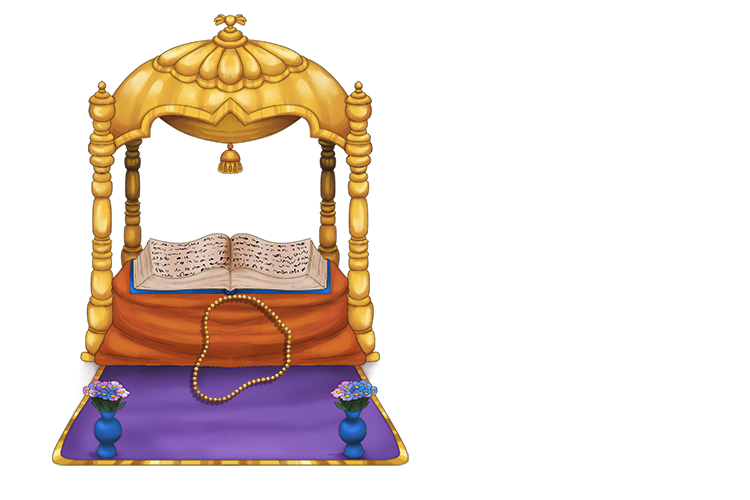
The Guru Granth Sahib - the Sikh holy book - opens with two words, Ik Onkar, which translate to "there is only one God".

Sikhs have a number of core beliefs:
1. Core belief - There is one God.
One God being a formless, genderless, universal god beyond description and within everything that cannot be represented physically other than using the symbol Ik Onkar.
No religion has a monopoly on this God. As far as Sikhs are concerned all religions' gods are the same God and so there is no need to fight over whose is the true god.
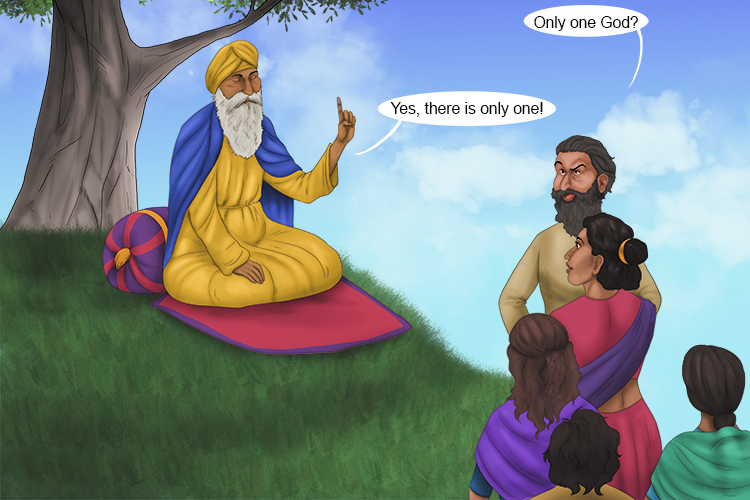
2. Core belief - Recognise all humankind, whether Muslim, Hindu, or Christian, as one. The temple, the mosque and the church are the same.
3. Core belief - The lack of gender in the Sikhs' god means that there is no difference between men and women in Sikhism. Sikh women have fought in battles, led religious services and reigned as leaders in communities.

4. Core belief - Hell is considered life on earth which you are constantly reborn in after you die.
The goal of Sikh life is to break free from the cycle of rebirth and death by merging your soul back into God's soul by letting go of your ego (mukti).
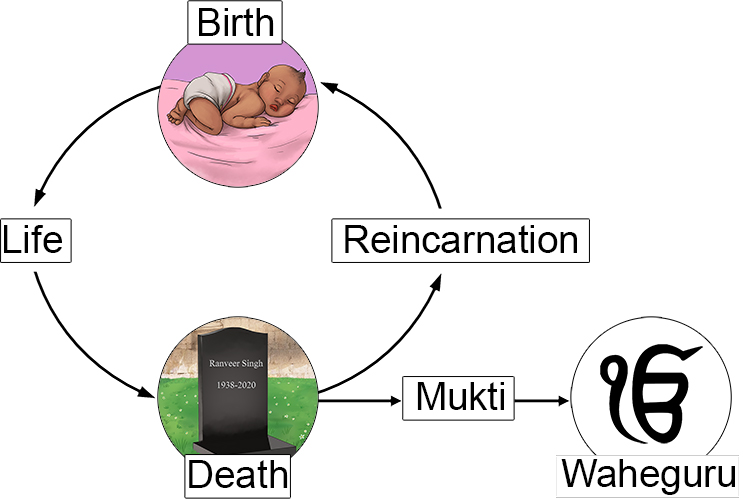
5. Core belief - Humans are distracted by Maya or illusions and cannot escape the cycle of rebirth because their mind has been taken off God.
The Wall of Maya has been built by five thieves:
Lust (Kham)
Anger (Krodh)
Greed (Lobh)
Attachment (Moh)
Pride (Ahankar)
and Sikhs should avoid them.
6. Core belief - People should face being a spiritual person by practising five virtues:
Compassion
Truth
Contentment
Humility
Love
and they should do this by reflecting on The Three Pillars
- Meditate on God and God's name (Waheguru).
- Work hard and make an honest living.
- Share the fruits of your labour.
Note: In a Sikh temple (Gurdawara) there is usually free vegetarian food from communal kitchens (a shared meal is called a langar).
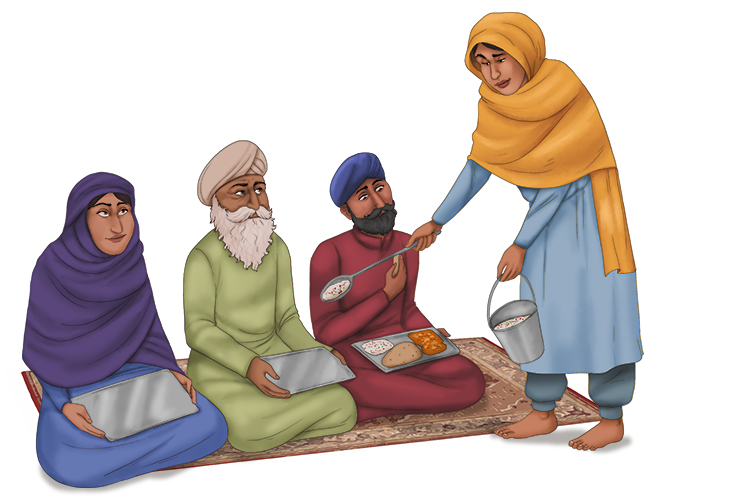
7. Core belief - Sikhs should serve the community.
8. Core belief - Sikhs should not flee from their duties, so should take an initiation ceremony called the Amrit and then enter the community called Khalsa. At the Amrit ceremony Sikhs take new names. Men take the surname Singh and women take the surname Kaur.
They should then wear the five K's which are:
- Must not cut their hair (kesh)
- Use a comb to hold hair up (kangha)
- Wear a sword (kirpan)
- Wear loose underwear (kachera)
- Wear a steel bracelet (kara)
Note: The turban has since come to also represent the Sikh religion.

Sikh Temples
A Sikh temple (called a Gurdwara) has a copy of the Guru Granth Sahib placed on a takhat (an elevated throne) in a prominent central position.

There is usually a Sikh flag on the building with an emblem called a khanda on it. The emblem represents a vertical two-edged sword with its blade surrounded by a circle and its hilt intersected by the crossing of two single-edged swords.





